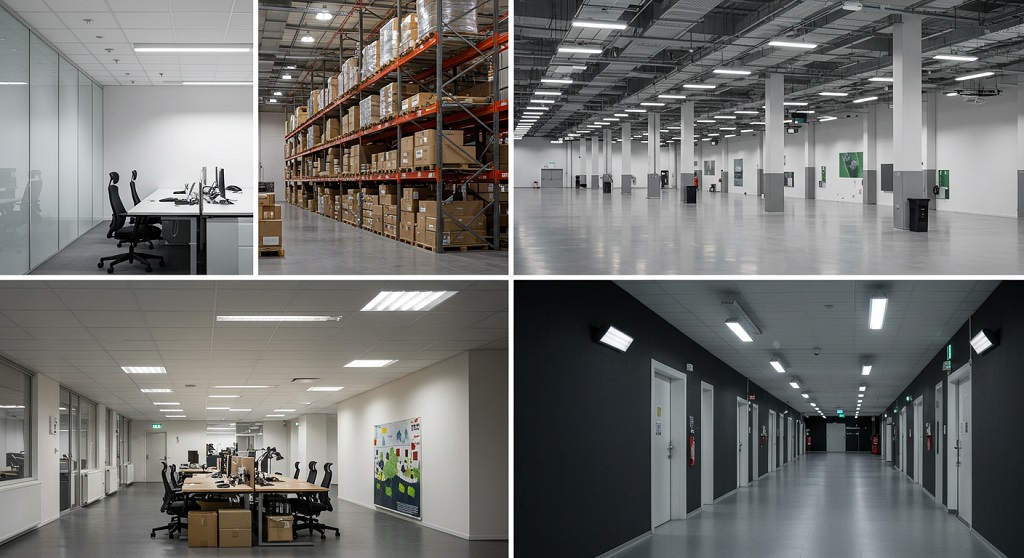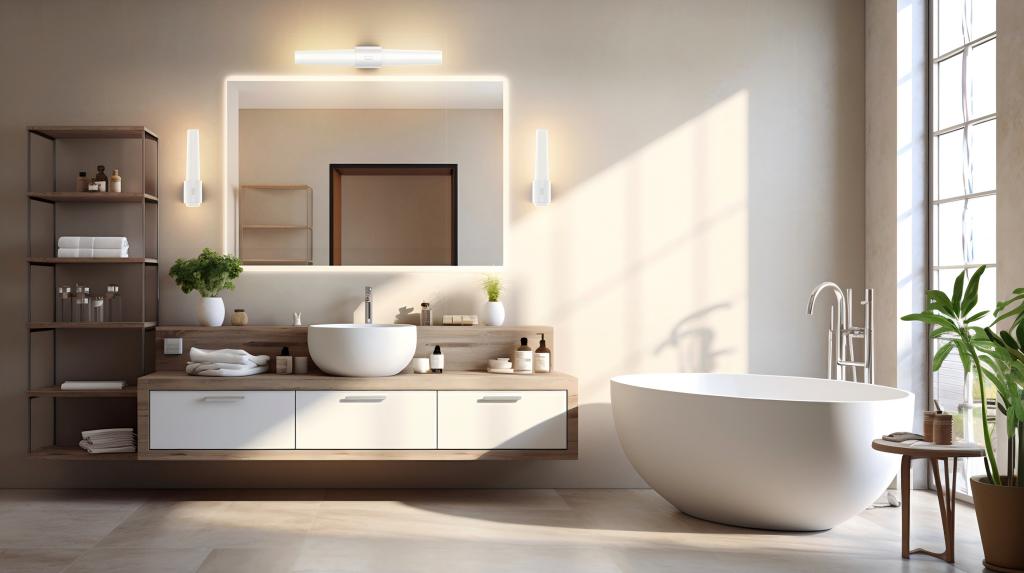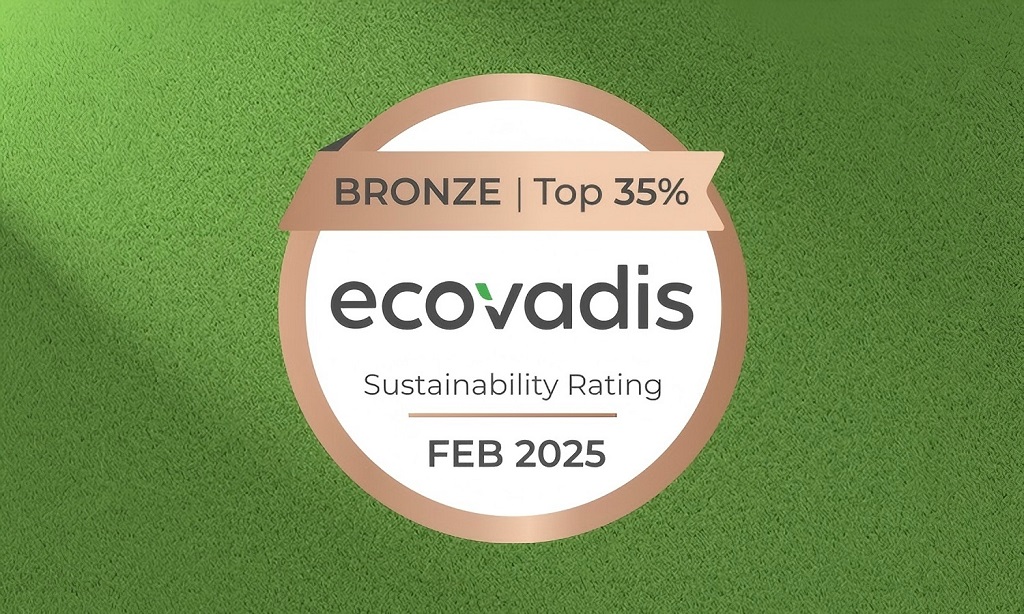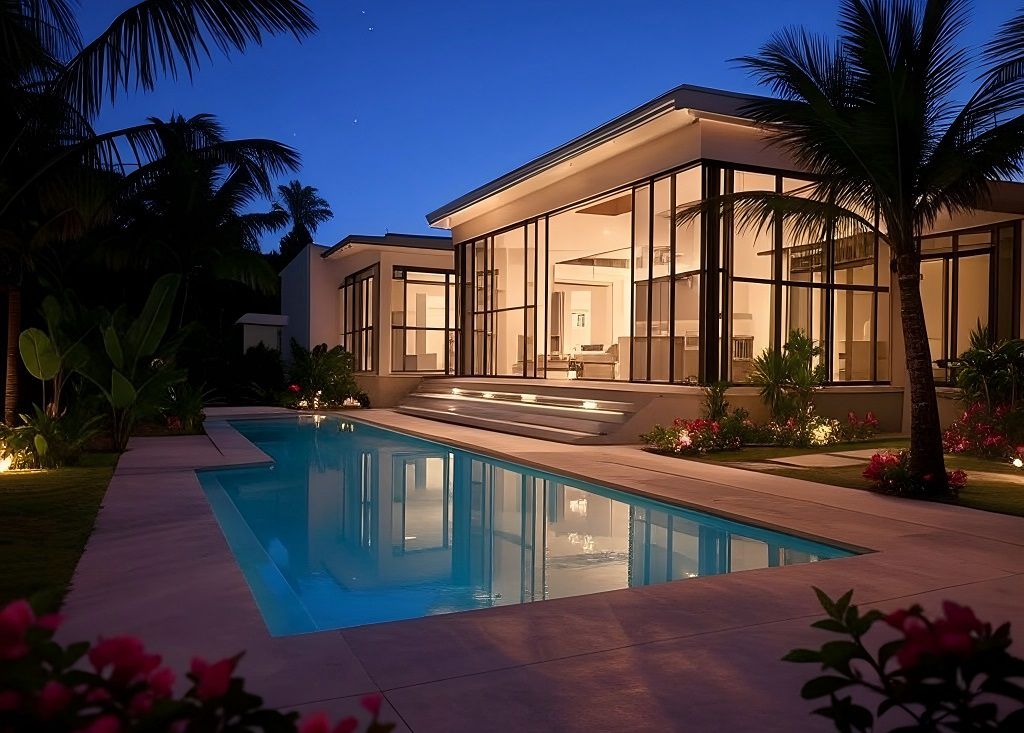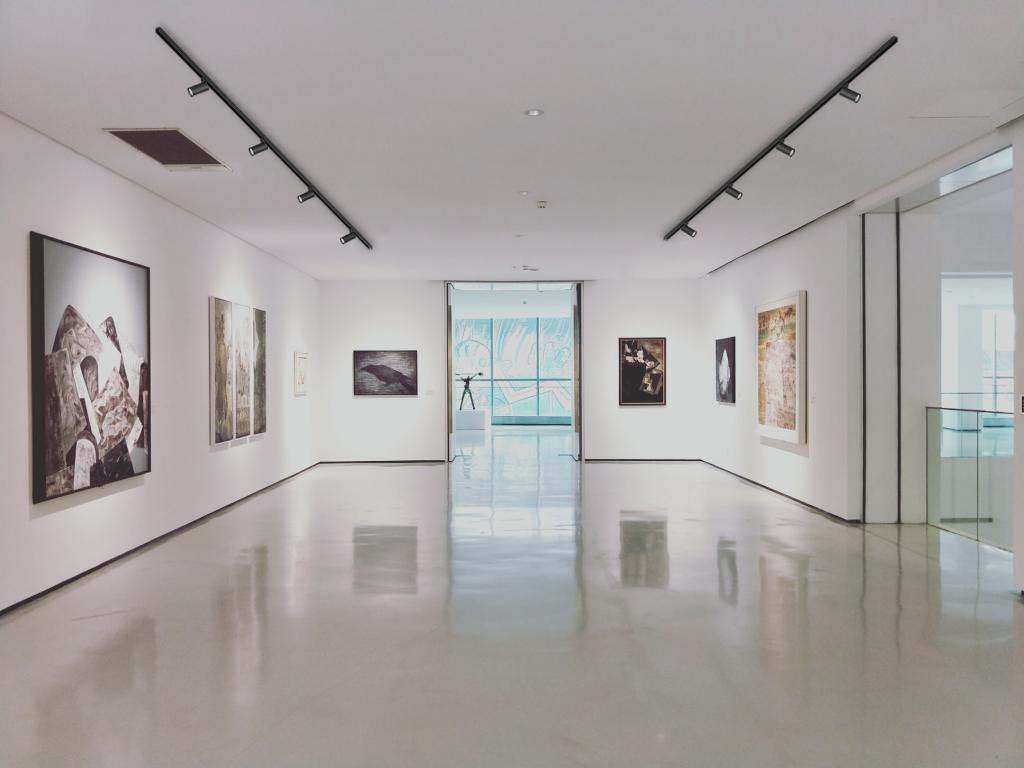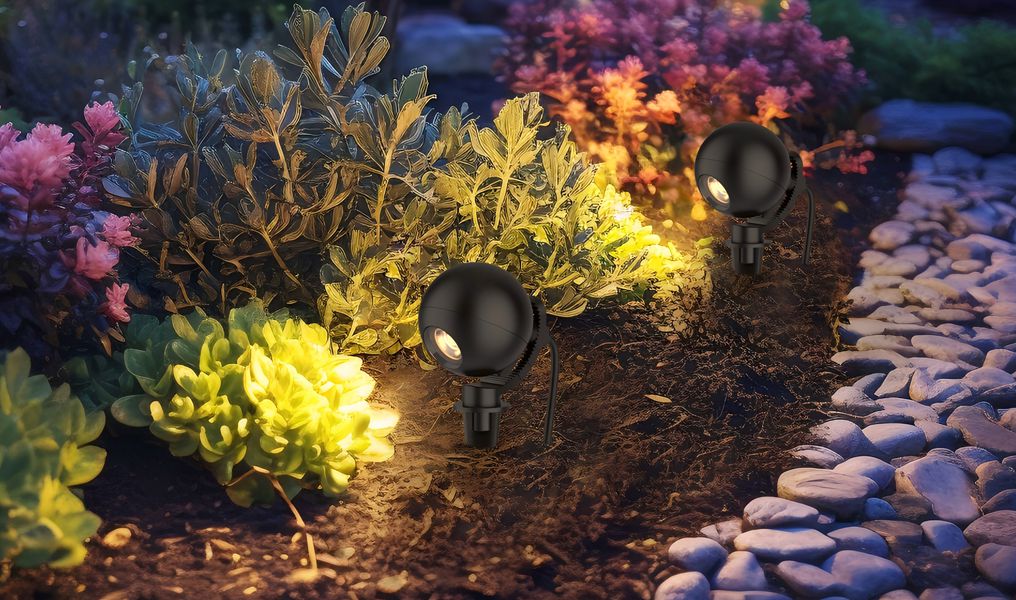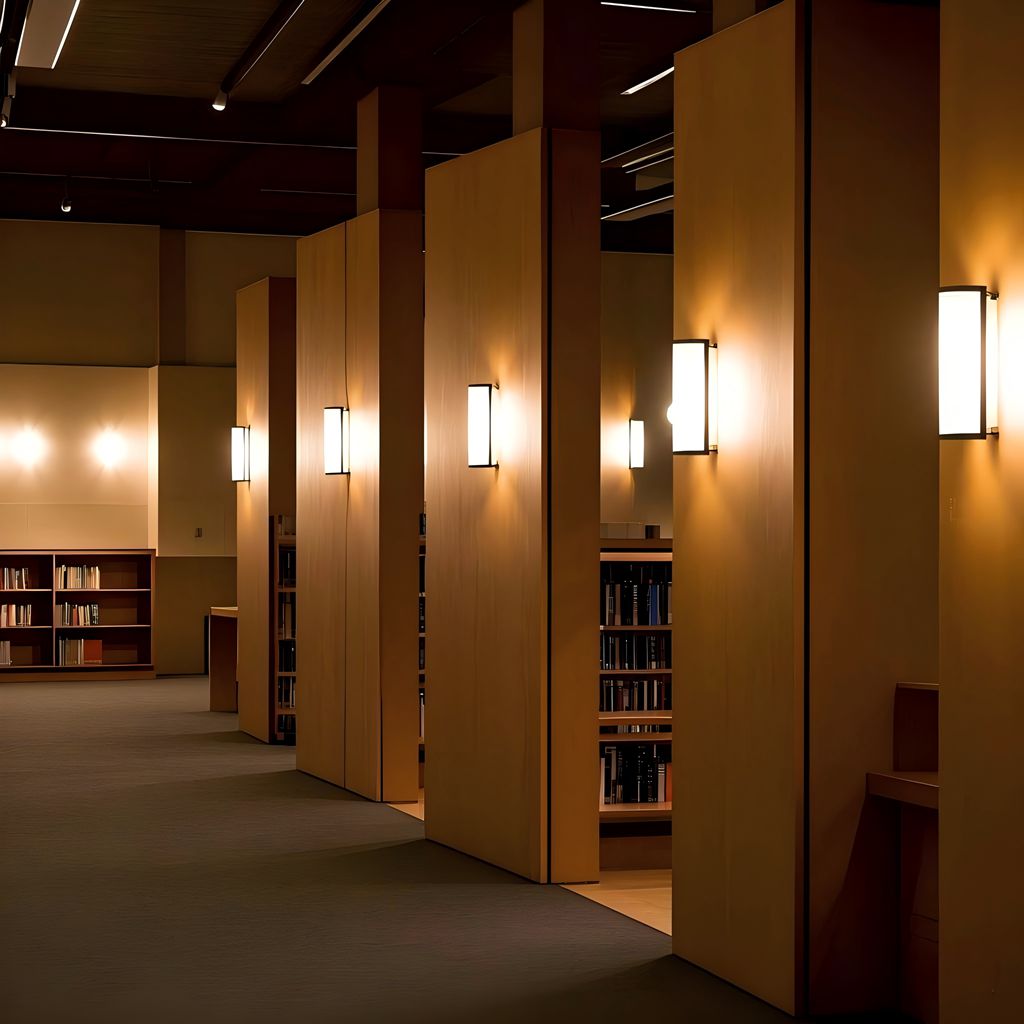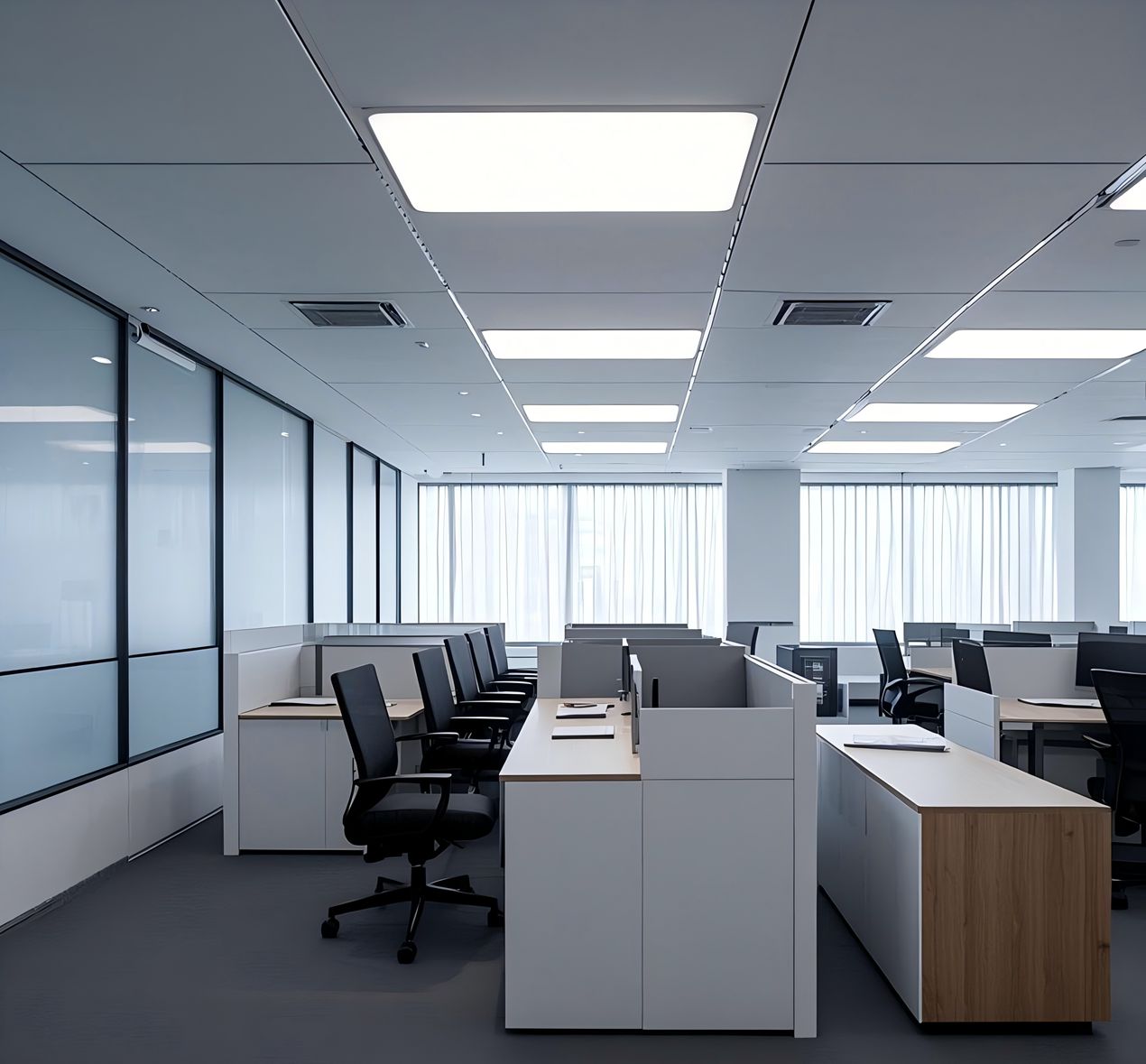Introduction:
What are the reasons the pathogenic microorganisms fill our daily lives?
Pathogenic microorganisms are the one kind of organism that easily causes disease in a host. Viruses, bacteria, fungi, protozoa, and worms are all types of pathogens, what they are called pathogenicity is capable of a pathogen to cause disease. The five pathogenic can breed anywhere, such as bacteria reproducing in the mildew environment, fungi propagating in every dark corner, virus activity in each living cell, etc. The spread of pathogenic microorganisms can occur via different vectors of transmission. These vectors including surface, water, and air act as a bridge that transports the infectious agents directly or indirectly into humans or living organisms.
Neither pathogenic microorganisms threaten human health more than benefit the host. But everything abides by the law of mutually reinforcing. UVC, its full name is ultraviolet C, is the shortest wavelength between 200mm and 290mm of the three forms of UV. A natural enemy of pathogenic microorganisms, it can sterilize and disinfect through water and air. When the radiation shines through the water, most creatures and germs will get injured or damaged. For the principle that UVC radiation makes the DNA and RNA structure of cells are destroyed, then the cells cannot regenerate and the bacteria and viruses lose the ability to replicate themselves, thus achieving the purpose of sterilization.
What are the reasons UVC LED was born?
With the maturity of technology day by day, scientists are conducting research based on the UVC principle to produce a new kind of product of UVC LED light. Original Light-emitting diodes are semiconductor devices, which are made up of multiple layers of substrate materials. Therefore, via design, they can be inputted a wavelength and emit photons in the UV-C range that can be used to stop bacteria from replicating. With the commercialization of UVC as most people understand the sensitivity of microorganisms to other UV wavelengths is essential to designing an effective disinfection system, the UVC LED lights are widely used in the hospital, air conditioning systems, disinfection cabinets, water treatment equipment, drinking fountains, food and beverage processing and packaging equipment, food factories, cosmetic plant, dairies, beverage plants, bakeries, and cold rooms, etc.
What are the advantages apply UVC LED?
Applying the UVC LEDs in most applications is the best choice for us. For example, the disinfecting LED lights used in the drinking water disinfection and water purification without any chemicals, help us avoid harmful products to make our life more healthy big progress. As well as the air and some healthcare surfaces. The more efficient, friendly, and energy-saving UVC LED light not just becomes a current solution for daily sterilizing, but also the future one.
How long will UVC radiation kill the pathogenic microorganisms?
Referring to this disinfect and sterilize result, it relates to words of distance and time. As the reaches showed most will be effective within a 6ft radius, but the lighting intensity determines how far the effects of these fungicides will be felt. Time is proportional to efficiency, the longer the time bacteria or viruses are exposed to the UVC radiation, the more deadly they are. A standard UVC 270nm LED lighting fixture can kill most microbes within a six-inch radius in ten seconds.
What is the difference between UVC LED and Normal LED?
Both UVC LED and normal LED differ in their functions and purposes. UVC lighting source is a special wavelength lamp bead, it is mainly used to sterilize and disinfect avoiding direct exposure to people for it hurts people's skin or eyes with direct lighting as well. On the contrary, normal LED is used to illuminate and decorate people's daily life. UVC LED is used in special applications whereas normal LED is used for indicate lighting, commercial lighting, general lighting and outdoor lighting. In general, normal LED lamps are more favored by people.
All in all, we should distinguish the disinfected LED lamp from normal LED lamps when we picking or installing different kinds of LED for the lighting project.
Additional knowledge
UV radiation includes five components:
- UVA ( 400 - 315nm)
- UVB ( 315 - 280nm)
- UVC ( 280 - 100nm)
- EUV (121 - 10nm )
Note: VUV and EUV are the radiation we do not mention or use in our daily life. All of the five radiations are vacuum ultraviolet, traveling only in a vacuum.

